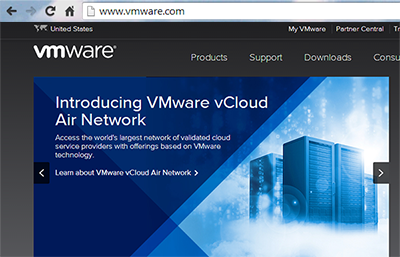 The third Mobile User Objective System (MUOS) satellite was successfully launched on January 20 from the Naval Satellite Operations Center (Point Mugu, California) aboard a United Launch Alliance Atlas V rocket.
The third Mobile User Objective System (MUOS) satellite was successfully launched on January 20 from the Naval Satellite Operations Center (Point Mugu, California) aboard a United Launch Alliance Atlas V rocket.MUOS is a next-generation narrowband tactical satellite communications system designed to significantly improve beyond-line-of-sight communications for U.S. forces on the move. MUOS will provide military users 10 times more communications capacity over the existing system by leveraging 3G mobile communications technology, and will provide simultaneous voice and data capability. Lockheed Martin, which the prime contractor and integrator for MUOS, said the satellite-based, smart-phone cell network will enable IP-based terminals to transmit and receive clear voice calls and data from almost anywhere in the world.
“Thanks to the Atlas team for the safe delivery of MUOS-3 into our Geosynchronous Transfer orbit,” said Iris Bombelyn, vice president of Narrowband Communications at Lockheed Martin. “We look forward to completing our on-orbit health checks and delivering this important asset to the U.S. Navy. The addition of this satellite will give the MUOS constellation coverage over more than three-quarters of the globe, further extending the reach of the advanced communications capabilities MUOS will provide our mobile warfighters.”
http://www.lockheedmartin.com/us/news/press-releases/2015/january/Muos-3-Launch.html




























